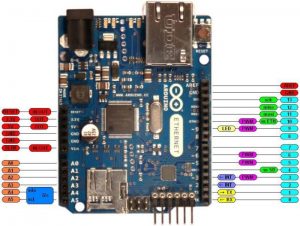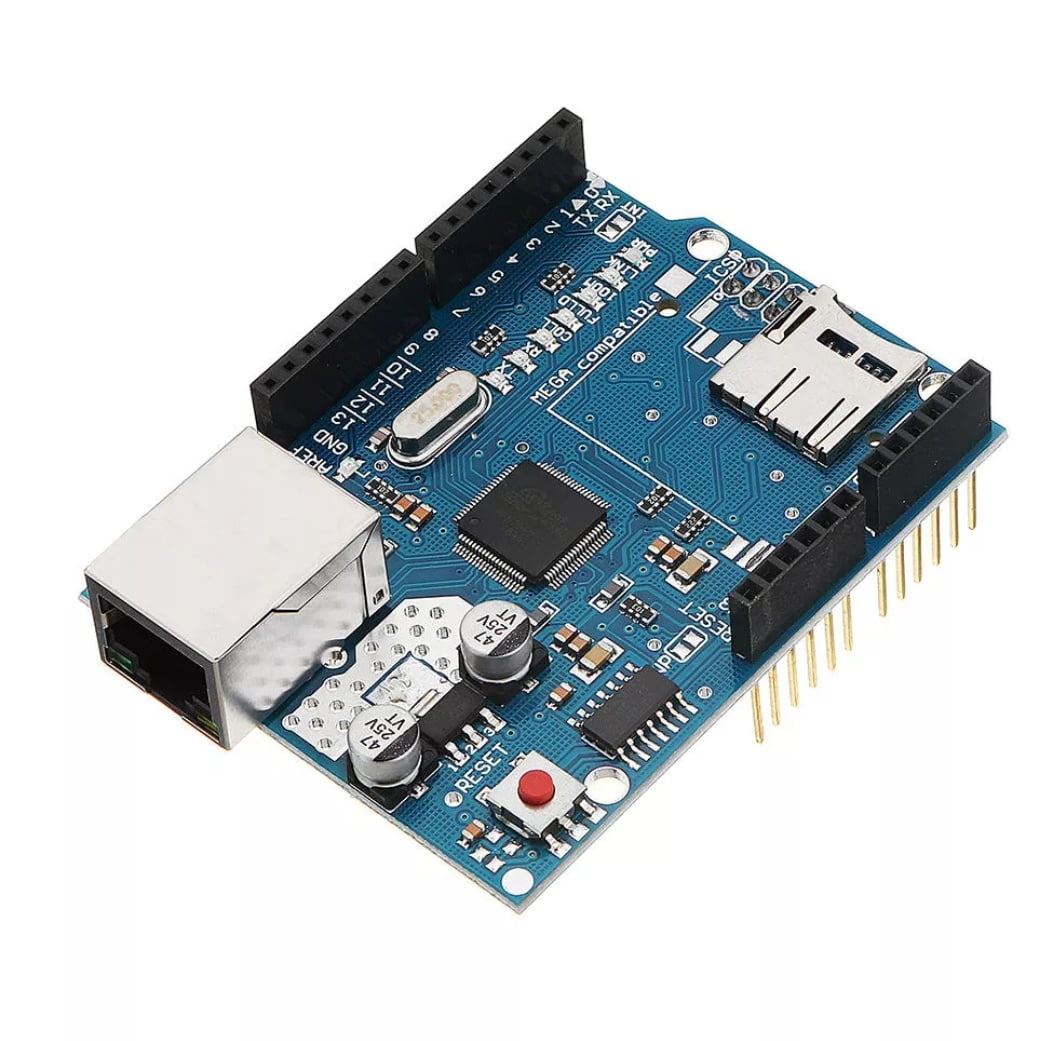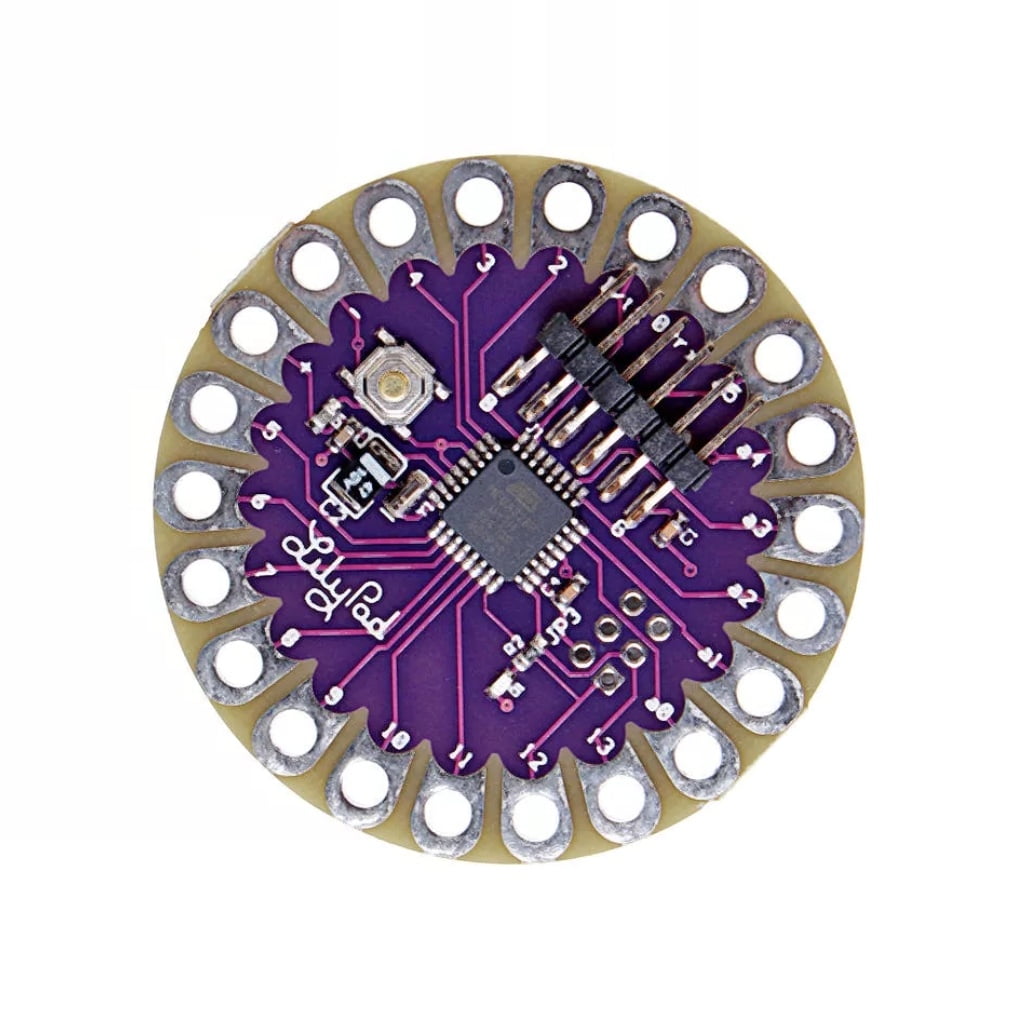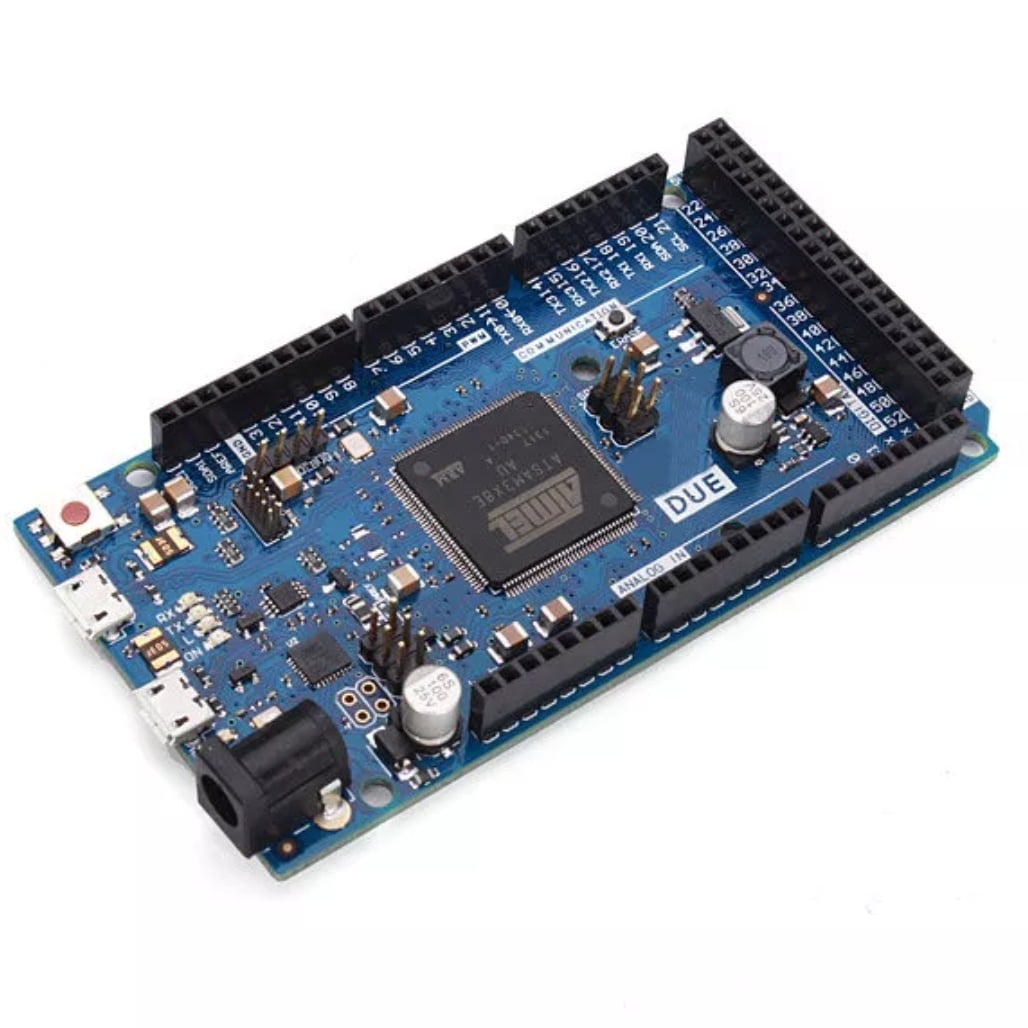Description
The Arduino Ethernet Shield V allows an Arduino board to connect to the internet. It is based on the Wiz net W5100 Ethernet chip
Ethernet Shield permits web connectivity to Arduino board by means of the usage of its Ethernet library. We can use this Ethernet library to write sketches (Arduino software written in IDE) that will assist us to configure this guard to join the internet. This defends is well-matched with nearly all versions of Arduino boards. It allows our board to acquire and ship records global by means f imparting its network connection. SD card alternative is additionally handy in it and we can write and study this card by way of the usage of SD library. An endless quantity of probabilities is furnished with the aid of just permitting your undertaking to join to the internet.
This?protection?depends?on Wiznet W5100 chip Ethernet with an interior?buffer?house?of?sixteen?KB. It can?help?up to?four?simultaneous socket connections. This chip?affords?a?community?IP stack that is?successful?in?each?transport layer protocol of?net?i.e. TCP (transmission?manipulate?protocol) and UDP (user datagram protocol). TCP?offers a greater?dependable?carrier?of transporting messages as?in contrast?to UDP and?an awful lot of extra?facets?of these?two?protocols are there?however?that?s?no longer?our?subject?in this article?proper?now. We are?really?targeted?at?imparting?our board?net?connectivity?with the aid of?this shield.
The more modern model of this guard depends on the W5500 Ethernet chip having a 32 KB buffer size, helps auto-negotiation, and helps I2C, UART interface. By making use of lengthy wire warp headers for connecting Ethernet protect to Arduino board maintains the pin graph intact and different shields can be stacked on pinnacle of it.
REQUIREMENTS
We have to plug this?defend?on our Arduino board?however?under?are some?obligatory?requirements:
- RJ45 cable for connection to the network
- Arduino board (for sure. Because this shield cannot be used as a standalone project)
- Operating voltage of 5 V should be provided by Arduino board
- Make connection with Arduino board on SPI port
- Power over Ethernet module required (this module is designed for power extraction from conventional twisted-pair Ethernet cable) which should meet the following requirements:
- Low output noise and ripple
- Input voltage: 36 V ? 57 V
- Over-load protection
- Output voltage: 9V
- The input to output isolation should be of 1500 V
- Highly efficient DC/DC converter
- 3af compliant
One?essential?element?that is to be?mentioned?right here?is that?each?SD card and W5100 share SPI bus as Arduino communicates?by means of?SPI port so we can use?solely?one of them. If we?desire?to use?each?of them then we have to?test?their corresponding library.
<pre>/*
Web Server Demo
thrown together by Randy Sarafan
A simple web server that changes the page that is served, triggered by a button press.
Circuit:
* Ethernet shield attached to pins 10, 11, 12, 13
* Connect a button between Pin D2 and 5V
* Connect a 10K resistor between Pin D2 and ground
Based almost entirely upon Web Server by Tom Igoe and David Mellis
Edit history:
created 18 Dec 2009
by David A. Mellis
modified 4 Sep 2010
by Tom Igoe
*/
#include <SPI.h>
#include <Ethernet.h>
// Enter a MAC address and IP address for your controller below.
// The IP address will be dependent on your local network:
byte mac[] = { 0x00, 0xAA, 0xBB, 0xCC, 0xDA, 0x02 };
IPAddress ip(191,11,1,1); //<<< ENTER YOUR IP ADDRESS HERE!!!
// Initialize the Ethernet server library
// with the IP address and port you want to use
// (port 80 is default for HTTP):
EthernetServer server(80);
int buttonPress = 1;
void setup()
{
pinMode(2, INPUT);
// start the Ethernet connection and the server:
Ethernet.begin(mac, ip);
server.begin();
}
void loop()
{
buttonPress = digitalRead(2);
// listen for incoming clients
EthernetClient client = server.available();
if (client) {
// an http request ends with a blank line
boolean currentLineIsBlank = true;
while (client.connected()) {
if (client.available()) {
char c = client.read();
// if you've gotten to the end of the line (received a newline
// character) and the line is blank, the http request has ended,
// so you can send a reply
if (c == '\n' && currentLineIsBlank) {
// send a standard http response header
client.println("HTTP/1.1 200 OK");
client.println("Content-Type: text/html");
client.println();
//serves a different version of a website depending on whether or not the button
//connected to pin 2 is pressed.
if (buttonPress == 1) {
client.println("<cke:html><cke:body bgcolor=#FFFFFF>LIGHT!</cke:body></cke:html>");
}
else if (buttonPress == 0){
client.println("<cke:html><cke:body bgcolor=#000000 text=#FFFFFF>DARK!</cke:body></cke:html>");
}
break;
}
if (c == '\n') {
// you're starting a new line
currentLineIsBlank = true;
}
else if (c != 'r') {
// you've gotten a character on the current line
currentLineIsBlank = false;
}
}
}
// give the web browser time to receive the data
delay(1);
// close the connection:
client.stop();
}
}



































































































































































































































































































































































































































































































































































































































































































































































































































































































































































































































































Customer Reviews
There are no reviews yet.